There can be your advertisement
300x150
6 Considerations to Keep in Mind Before Starting Your Next Construction Project
Transitioning from an idea to blueprints is always exciting. You have a clear vision of the design for your next structure that stimulates your neurons, and you can't wait to sit at your drafting table and begin bringing it to life.
Naturally, getting caught up in the creative process is easy, and that feeling of flow can lead to great results. However, before you build at the level of Frank Lloyd Wright, there are certain conditions that must be considered.
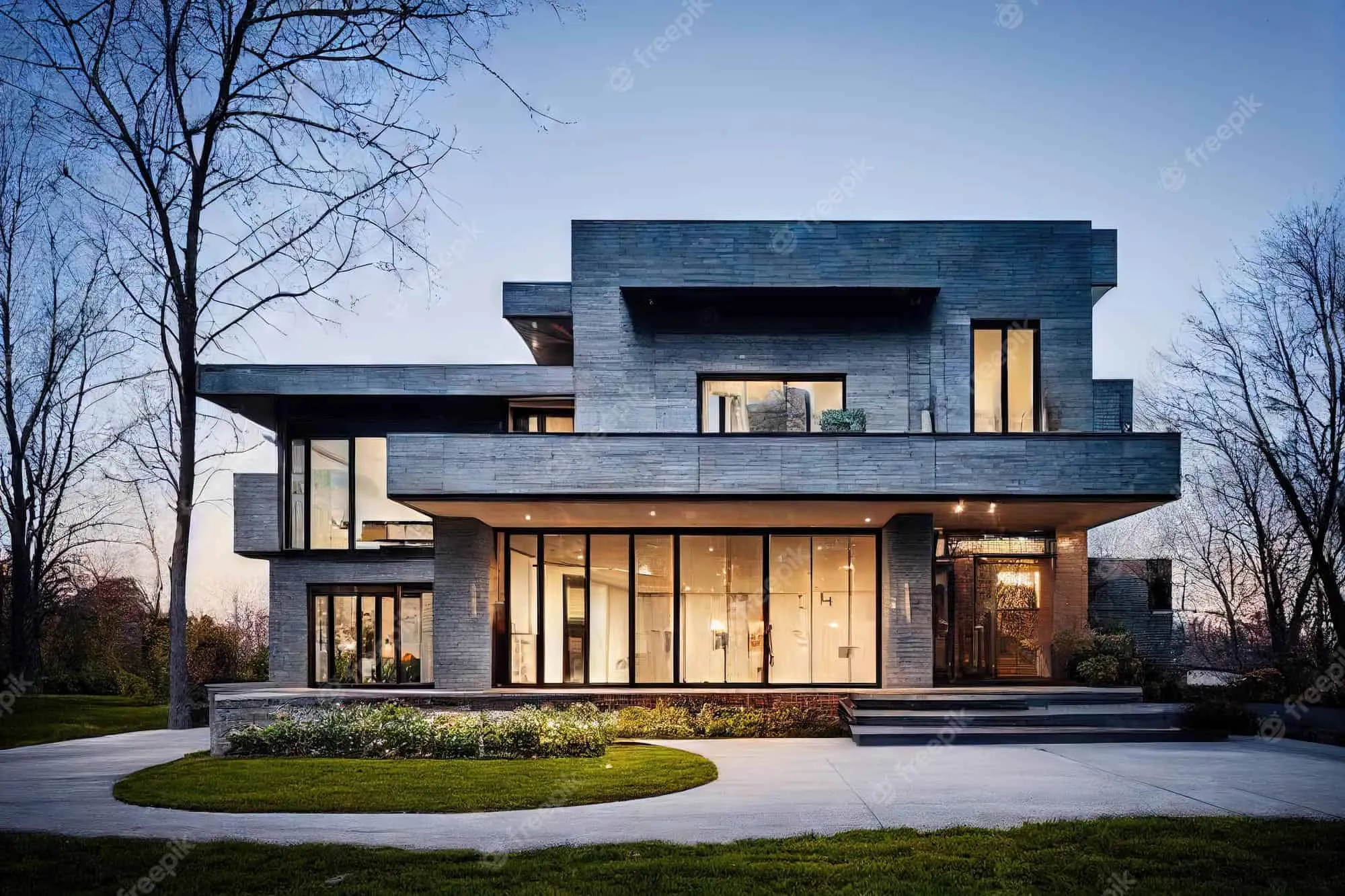
Here are six considerations you should keep in mind before starting your next construction project.
1. Pest Control
Few architects imagine the demise of their buildings even during the blueprint stage. However, this is a reality that must be taken into account. Termites cause over 5 billion dollars in property damage annually by destroying everything from load-bearing beams to interior paneling.
Treating the soil with products such as Sentricon and Termidor during construction eliminates existing colonies that would otherwise await the opportunity to burrow into your new building. You can also take the following steps to prevent new pests from appearing:
- Maintain Order on Site: Termites have a nose for wood. Keep materials packed and neat, following the principle of 'tidy as you go' to avoid leaving tasty morsels on site.
- Eliminate Water: Like any living organism, pests need water. Sewage can attract not only termites but also disease-carrying mosquitoes.
- Inspect Materials: Check incoming shipments for signs of infestation and return defective items.
2. Building Orientation
The orientation of a building can significantly affect the comfort of people inside it. For instance, consider a multi-functional complex with offices and shops. Although the offices will be on the south or west side and exposed to heat after noon, this doesn't make sense. However, placing shops on these sides with a canopy can help attract visitors and improve comfort.
Another consideration is the ability to utilize passive solar heat. While it makes sense to include large windows on any side of a home with a beautiful view, most homes face the typical suburban panorama. In such cases, considering passive solar heating helps determine where to place rooms.
3. Material Sources
Despite recent inflation slowing down, building a new structure today costs significantly more than just a couple of years ago. When drawing up plans, consider material costs and possible ways to source them more sustainably and affordably.
For example, people have created architectural masterpieces using repurposed shipping containers. You save twice — once when purchasing materials and again due to faster construction speed thanks to reduced frame volume.
4. User Experience
You might fall in love with your construction plans, but what about the people who will live or work in your structure every day? Today more attention is paid to how architecture interacts with human nature and where it often falls short. Consider user experience in detail.
For example, small conveniences like outlets with built-in USB ports make sense in a world where everyone has a phone or other charging device. Also, consider overall placement. For instance, rows of outlets at desk level are more sensible in office spaces to avoid multiple cords creating tripping hazards.
Safety is important in residential and commercial construction. Adequate lighting with motion sensors can help deter criminals. Cameras assist law enforcement in catching those who breach the perimeter. Avoid deep access passages where an attacker could hide to increase safety for residents in buildings with constant foot traffic.
5. Accessibility
Architects must consider two realities when starting a new construction project: the population is aging, and 1 in 4 Americans has a disability that limits one or more major life activities. Therefore, you must plan for accessibility.
Installing features like grab bars after construction completion may be unnecessary complexity. Other features, such as wider doors, are often only possible with significant renovations. Think about these design elements when you sit down at your drafting table.
6. Sustainability
Finally, you must consider the overall sustainability of your design. The world is racing to prevent the worst effects of global warming, and consumers are willing to pay more for eco-friendliness. Moreover, sustainable measures often reduce costs and improve the overall user experience.
For example, consider how to implement the following sustainable materials and practices in your new construction project:
- Bamboo: This plant grows rapidly, some species grow up to 3 feet per day.
- Prestressed Concrete: The benefits of prestressing reduce overall carbon emissions and can adapt to various climates without cracking.
- Concrete Brick: This material offers a rustic cottage appearance. You can also include recycled glass bottles to make walls unique.
- Recycled Tires: Rubber flooring is much softer for workers standing on the floor than hard tile. It also reduces noise and works perfectly in gyms, factories, and warehouses.
Considerations Before Starting Your Next Construction Project
Many stick with proven and reliable solutions, but you live off creative impulses that drive you to sit at your drafting table. Keeping the above six considerations in mind while designing your next construction project can give you a better outcome.
More articles:
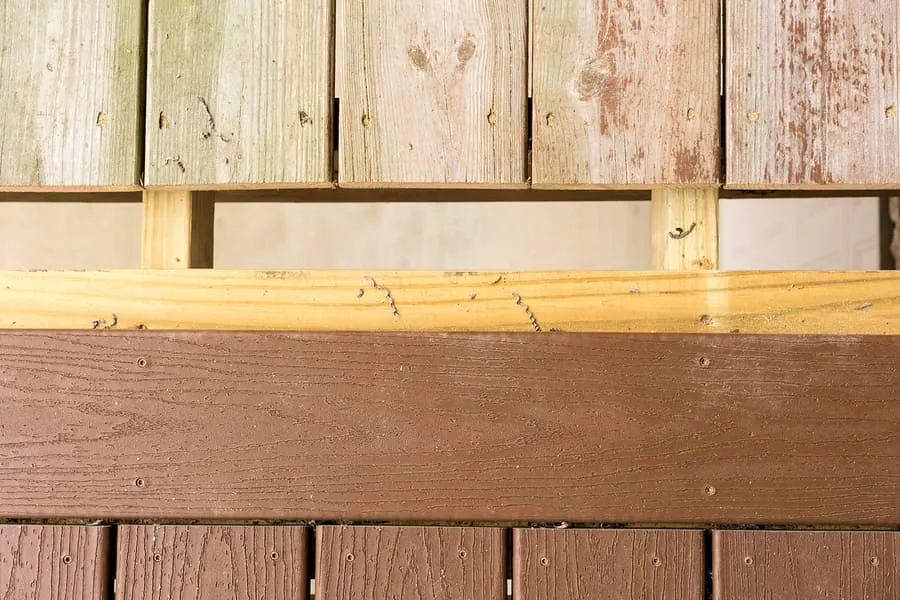 5 Reasons Why You Should Build a Composite Deck
5 Reasons Why You Should Build a Composite Deck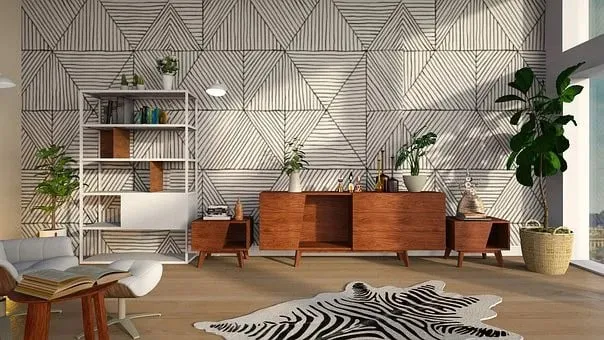 5 Reasons Why Your Home Should Have More Plants
5 Reasons Why Your Home Should Have More Plants 5 Reasons to Consider Using Outdoor Tiles
5 Reasons to Consider Using Outdoor Tiles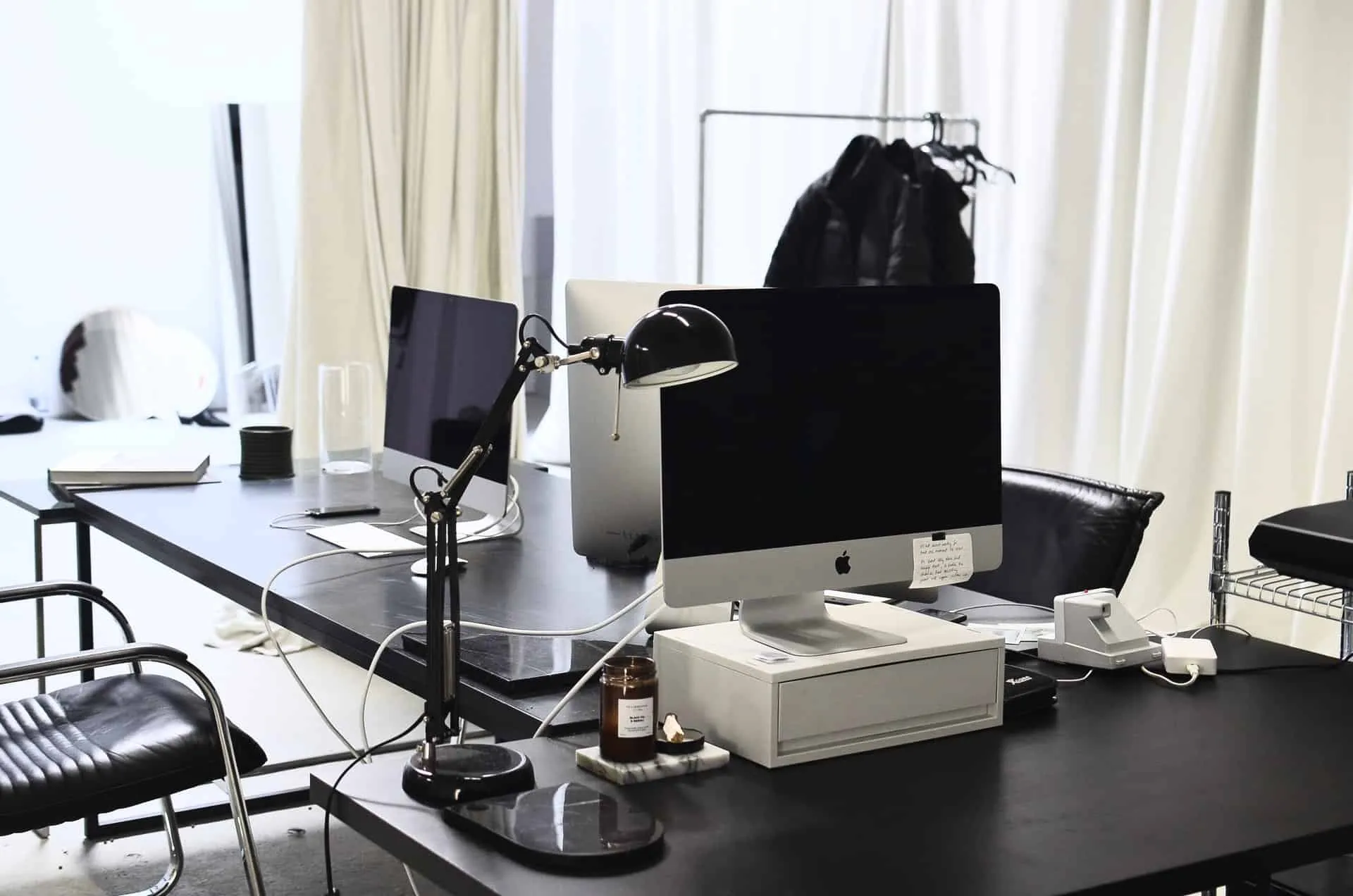 5 Reasons to Renovate Your Office
5 Reasons to Renovate Your Office 5 Reasons to Add Natural Elements to Home Design
5 Reasons to Add Natural Elements to Home Design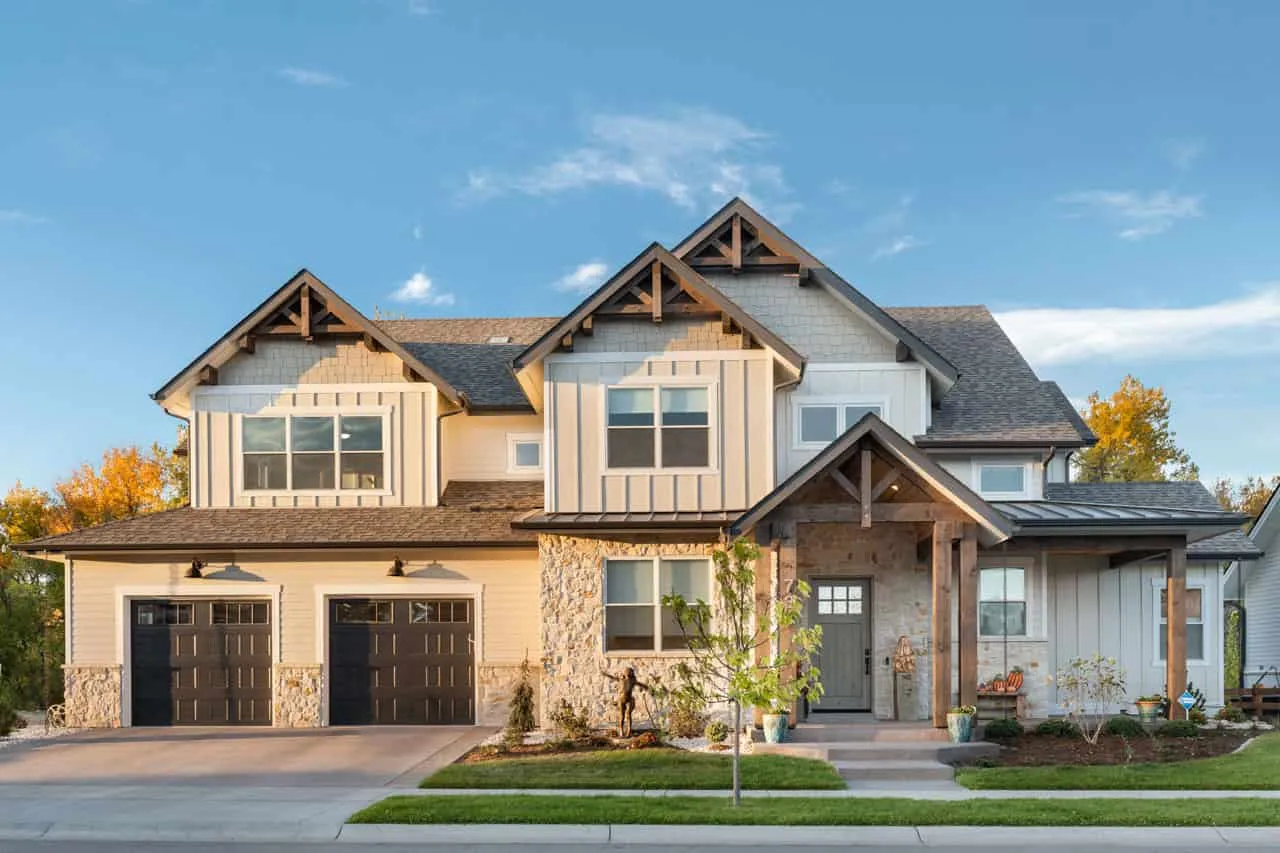 5 Safety Functions to Consider When Designing Buildings
5 Safety Functions to Consider When Designing Buildings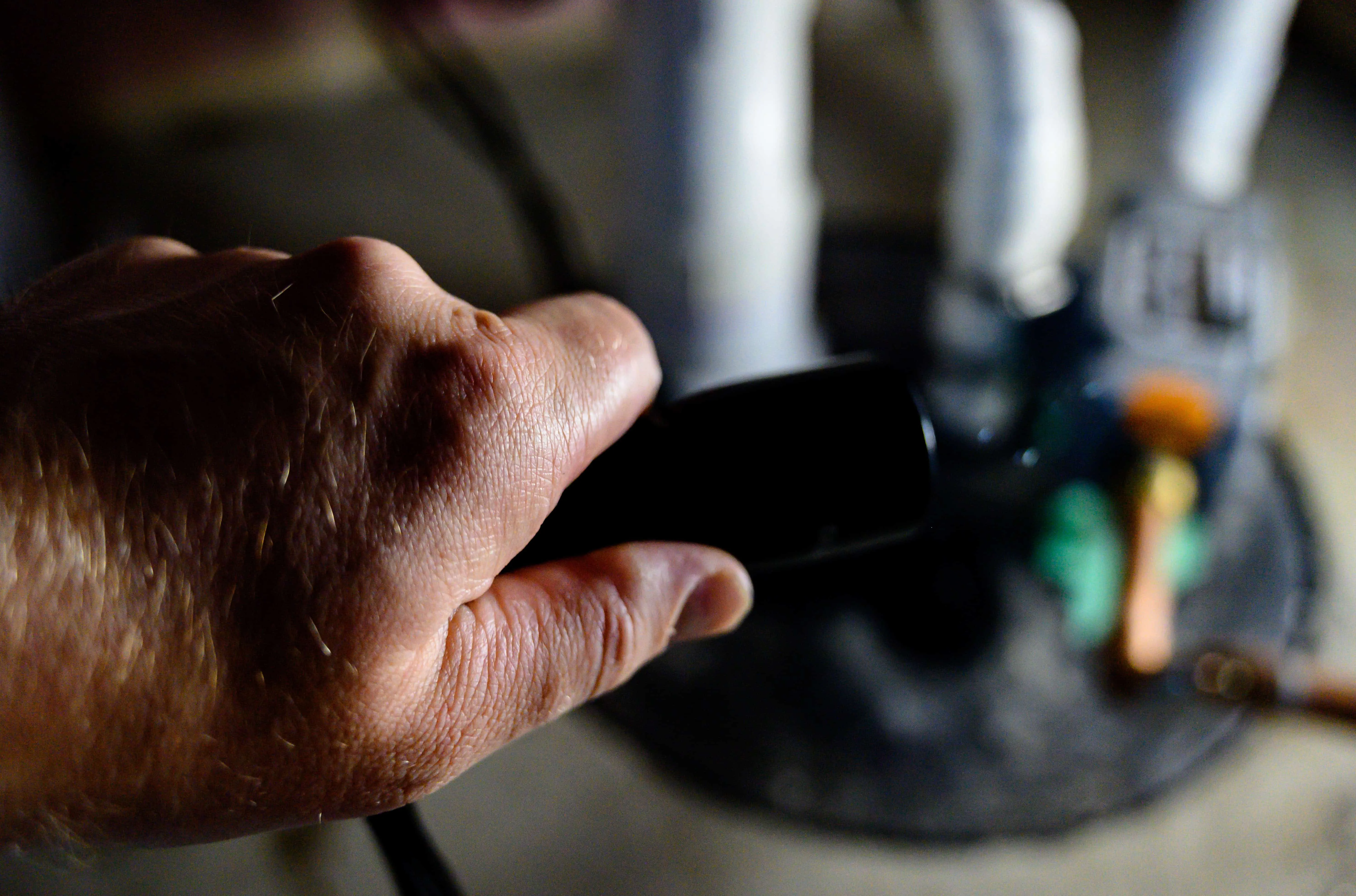 5 Signs That Indicate the Need for a Well Water System
5 Signs That Indicate the Need for a Well Water System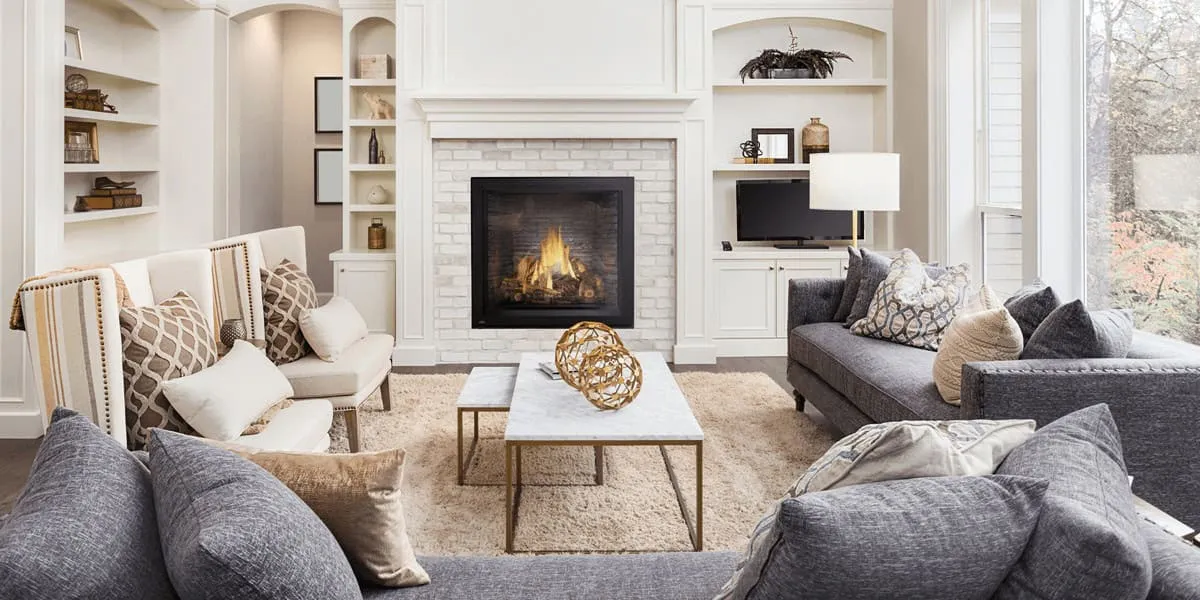 5 Simple and Affordable Ways to Make Your Home Cozy
5 Simple and Affordable Ways to Make Your Home Cozy